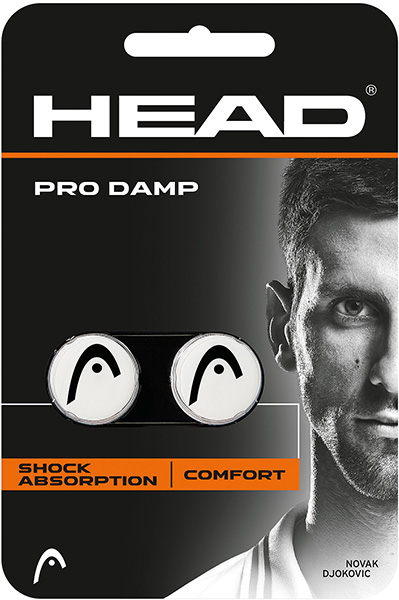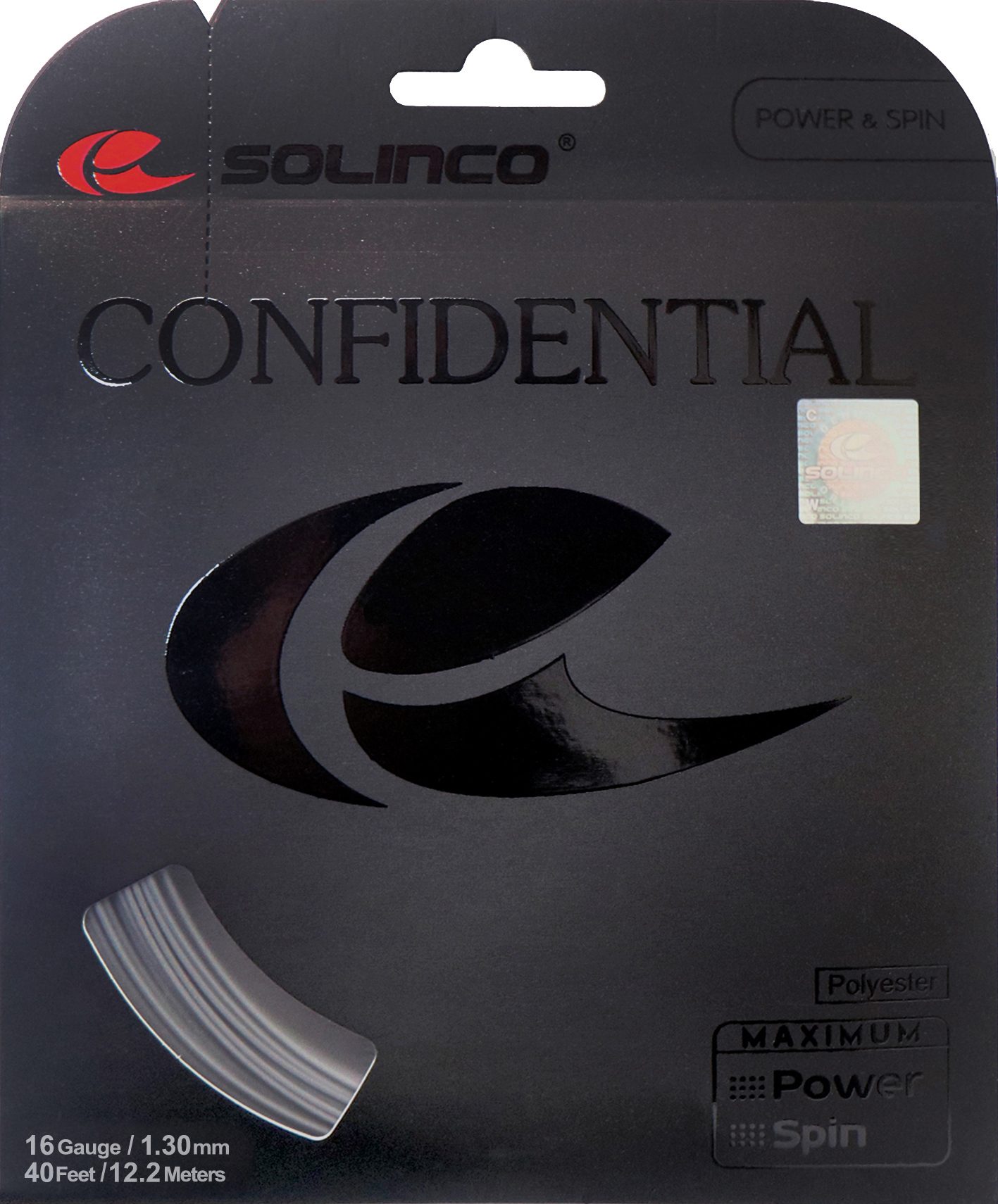95,90 €
Save 10%Each offer available in the Tennis Zone is an original product, coming directly from manufacturers or trusted distributors.

95,90 €
Save 10%
95,90 €
The Kirschbaum Pro Line Rough Tennis Strings is designed specifically for those players who relish in delivering powerful strokes on the court. It offers an exceptional degree of control and feel, perfect for those intense tennis matches where every stroke counts. Despite being crafted for powerful play, this string promises a satisfying level of comfort, ensuring that your performance never has to compromise with hand fatigue or discomfort.
One of the defining features of the Kirschbaum Pro Line Rough Tennis Strings is its unique string structure. With an expertly crafted profile, these strings are designed to allow superior spin control. This innovative feature lets you control the rotation of the ball for an advanced level of game performance, allowing you to take your play to the next level.

| Article number: | ST14802.1 |
|---|---|
| Material: | co-polyester |
| Properties: | control feel maintenance of tension spin strength |
| String length (m): | 200 |
| String profile: | modified profile |
| Structure: | monofilament |
The Kirschbaum Pro Line Rough Tennis Strings is designed specifically for those players who relish in delivering powerful strokes on the court. It offers an exceptional degree of control and feel, perfect for those intense tennis matches where every stroke counts. Despite being crafted for powerful play, this string promises a satisfying level of comfort, ensuring that your performance never has to compromise with hand fatigue or discomfort.
One of the defining features of the Kirschbaum Pro Line Rough Tennis Strings is its unique string structure. With an expertly crafted profile, these strings are designed to allow superior spin control. This innovative feature lets you control the rotation of the ball for an advanced level of game performance, allowing you to take your play to the next level.

| Article number: | ST14802.1 |
|---|---|
| Material: | co-polyester |
| Properties: | control feel maintenance of tension spin strength |
| String length (m): | 200 |
| String profile: | modified profile |
| Structure: | monofilament |
Each offer available in the Tennis Zone is an original product, coming directly from manufacturers or trusted distributors.
Sign up for the free newsletter and do not miss any promotions and news, as well as individual offers from our store.
Functional cookies are absolutely necessary for the functionality of the web shop. These cookies assign a unique random ID to your browser so that your unhindered shopping experience can be guaranteed over several page views.
Marketing cookies are used to display advertisements on the website in a targeted and individualized manner across multiple page views and browser sessions.
Tracking cookies help the shop operator to collect and evaluate information about the behaviour of users on their website.
These cookies are used to collect and process information about the use of the website by users, in order to subsequently personalise advertising and/or content in other contexts.
Service cookies are used to provide the user with additional offers (e.g. live chats) on the website. Information obtained via these service cookies may also be processed for site analysis.




